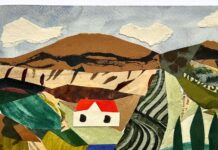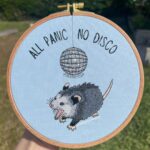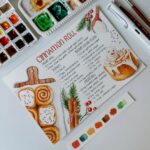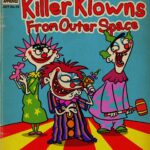After over 10 years of painting strictly realist paintings, Kirstine Reiner Hansen felt she painted herself into a corner. Born in Odense, Denmark, Reiner Hansen received a BA in Design and Illustration at Kolding School of Design and had later spent 15 years in the US, where her work has been exhibited in numerous galleries. “Something that started almost as an exercise had become my style, which wasn’t actually intended,” she explained, describing how her former style of painting was formed in an interview with Jung Katz.
“I started painting this way out of a need to learn the basics of painting so that I could one day work in a looser style,” she adds. “So it became a means to an end so to speak and a challenge to see if I could master the techniques of the old masters.” It all culminated when she moved to New York, where she felt that all those conditions she had put on herself became impossible. At the same time, she explains, there was this persistent underlying nagging voice for change. “It just seemed to become the right time to break out of the self-imposed mold and start experimenting to make those changes I needed to feel more authentic in what I was doing,” she says.
And so, a surreal, loose, and experimental style was born. “I decided that now everything was fair game, photographic source material, appropriation of imagery, using whichever materials, working from the computer screen and so on,” she relays. “So I turned around and did the opposite of what I used to do. Anyway, to make a long story short, this has turned into my ‘style’ as it is now.” She described this style as “realism tumbles with cubism.”
Now based in Berlin, her work has been featured in various publications, including Juxtapoz Magazine and Beautiful/Decay Magazine. In her latest body of work, a series of paintings titled “Glorious Rejects”, she continues to draw on the strategies and manipulations of fashion and media, mashed up with art history, exploring identity and connections. Appropriating imagery from magazines and advertising as a visual reference, she conjoins these images with art historical elements, from renaissance paintings to modernists in collage-like paintings.
But the finished products are open for interpretation. “I think art should be ambiguous enough to allow for different interpretations,” Reiner Hansen stresses. “What I hope for, is for people to create their own narratives… that they hopefully look at the work for more than a glance.”
Take a closer look:












